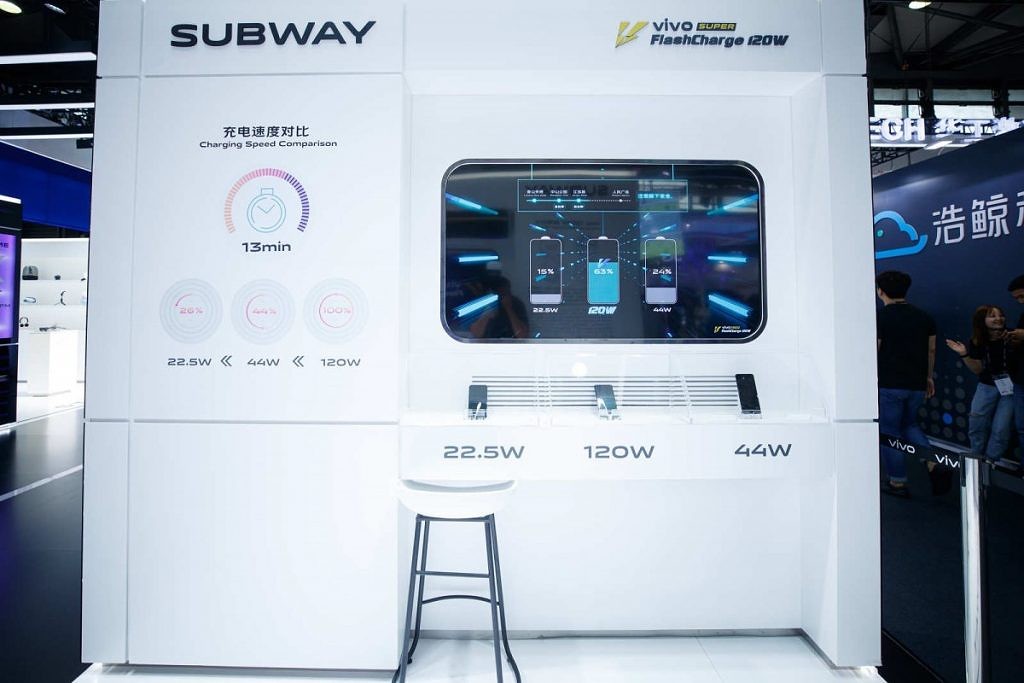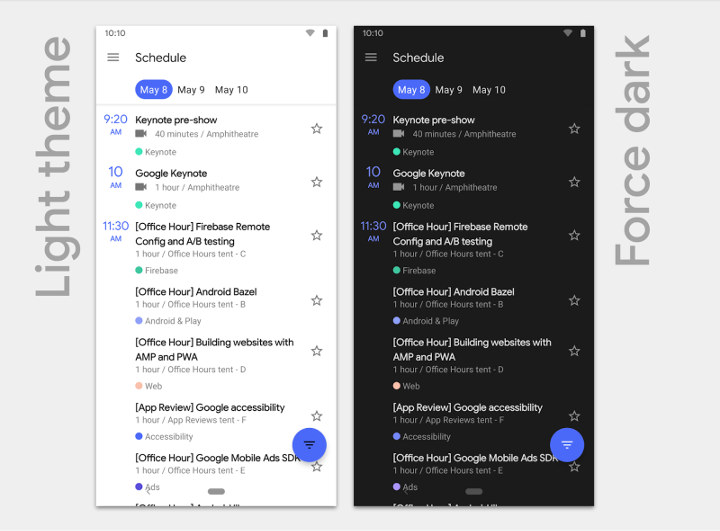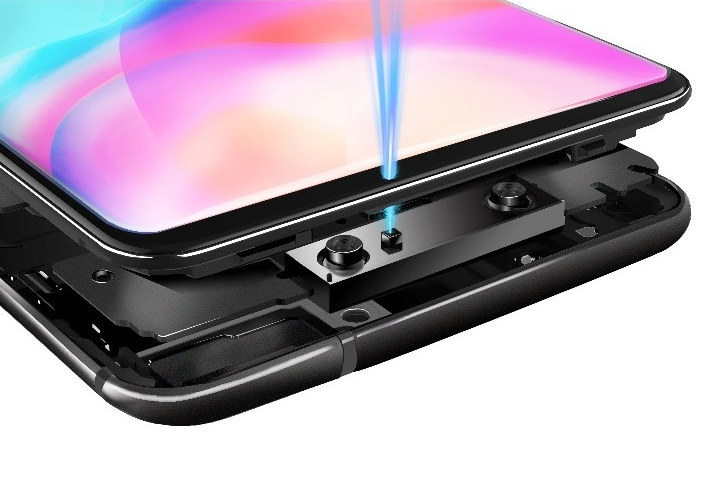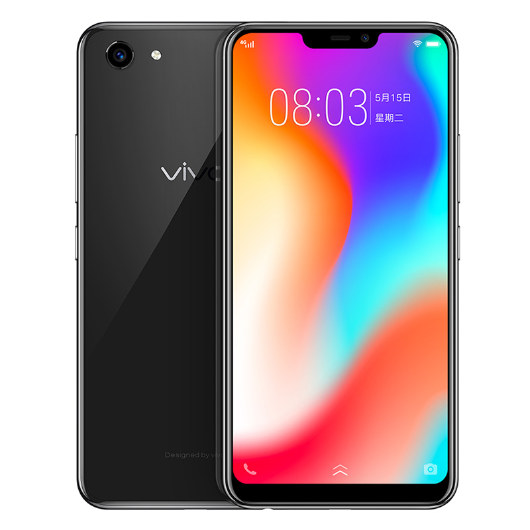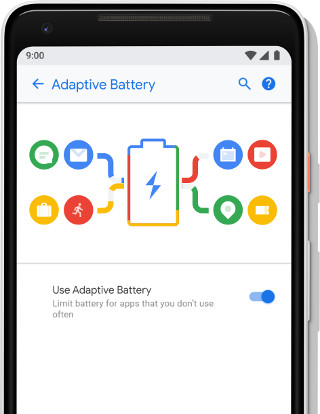Recently, the news of Vivo 120W Super FlashCharger which can power a 4,000 mAh battery in 13 minutes is on everyone’s lips. It sounds unreal, but it is. While it is not the first supercharge tech, it is one of its kind. According to reports it would be the world’s fastest charging tech for smartphones. Although no further details were revealed about the Super FlashCharge 120W technology. A Vivo product manager released a video on the Chinese social media platform Weibo. This video teased about the product. Furthermore, Vivo has not yet disclosed how they achieved this feat. Also, it is still a mystery how they developed the 120W super Flashcharge. It is also not really clear when this technology would be introduced into a commercially available smartphone. Remember that OnePlus was the first one to bring a 20W fast charge tech. In addition, it hit the 30W mark […]
Android 10 Beta 3 Now Available on 15 OEM Phones
Google introduced Android Q in March with the first beta and preview SDK release. The new version of Android introduced more privacy protections, support for foldables, sharing shortcuts, connectivity improvements (e.g. WPA3 security), new camera and multimedia features such as dynamic depth photos and AV1 media codec support, as well as an updated neural network API, higher ART performance, and security improvements. Google has now announced Android 10 Beta 3 with a few new features over the first preview release, and support for 15 OEM phones on top of the 6 Pixel phones already supported. Some of the new improvements in Android 10 Beta 3 include: Scoped Storage feature giving users control over files and preventing apps from accessing sensitive user or app data. See the corresponding developer page for details. Update of BiometricPrompt authentication framework to support biometrics, e.g. face recognition, at a system level. Project Mainline described as […]
Vivo Announces TOF 3D Sensing Technology with 300,000 Sensor Points
Earlier this year, I reviewed a TOF sensor board based on STMicro VL52L0X Time-of-Flight ranging sensor that allows to measure distance accurately up to 2 meter using a 940 nm laser and a detection array with a few points to measure the time it takes for the light to travel and determine the distance. VIVO has showcased a smartphone solution leveraging time-of-flight technology at Mobile World Congress Shanghai 2018, but instead of using it for 2D measurements with a small detection array, their TOF 3D Sensing Technology creates 3D scans of objects using a whopping 300,000 sensor points. The technology will enable features & applications such as facial, gesture and motion recognition, 3D photography and extended/augmented reality. Vivo’s TOF 3D Sensing solution is said to deliver 10 times more depth of information than existing Structured Light Technology, for example used for FaceID in the latest iPhones. Vivo’s technology allows 3D […]
Vivo Y83 Mid-Range Smartphone Features MediaTek Helio P22 (MT6762) Processor with AI Acceleration
Last week, MediaTek unveiled their Helio P22 SoC for “mid range premium” smartphones manufactured with a 12nm FinFET process, and equipped with hardware blocks to accelerate artificial intelligence applications. Smartphones were expected later in Q2 2018, but it did not take long for the first announcement, as Vivo Y83 is one of the first Helio P22 smartphones. Vivo Y83 specifications: SoC – MediaTek Helio P22 (MT6762) eight-core Cortex A53 processor clocked up to 2.0 GHz with Imagination PowerVR GE8320 GPU System Memory – 4 GB RAM Storage – 64 GB storage, micro SD card slot up to 256 GB Display – 6.22″ multi-touch IPS display with 1520×720 resolution Camera – 8MP front-facing camera, 13MP rear camera with auto focus and flash; 1080p mp4 video recording Cellular Connectivity Dual SIM Dual Standby SIM card slot 2G GSM – 850/900/1800/1900MHz 3G – WCDMA: B1/B5/B8; TD-SCDMA: B34/B39;CDMA: BC0 4G – FDD-LTE: B1/B3/B5/B8; TDD-LTE: […]
Android P Beta Released. What’s New?
Last March, Google released Android P developer preview with new features such as indoor positioning with WiFi RTT, support for display notch, HDR VP9, HEIF image compression, a new API to access two or more camera simultaneously and so on. Google I/O 2018 has just gotten started, and the company announced the release of Android P beta with yet more features, and support for phones from more manufacturers. Some of the most notable features include: Adaptive Battery uses machine learning to prioritize access to system resources for a user’s most commonly run apps, and places each app in four “buckets” ranked from “active” to “rare”. Apps will change buckets over time, and apps not in the “active” bucket will have restrictions for jobs, alarms, network and high-priority Firebase Cloud Messages. App Actions will also use machine learning to show actions for specific apps depending on context. For example highlighting “Taylor Swift” […]


